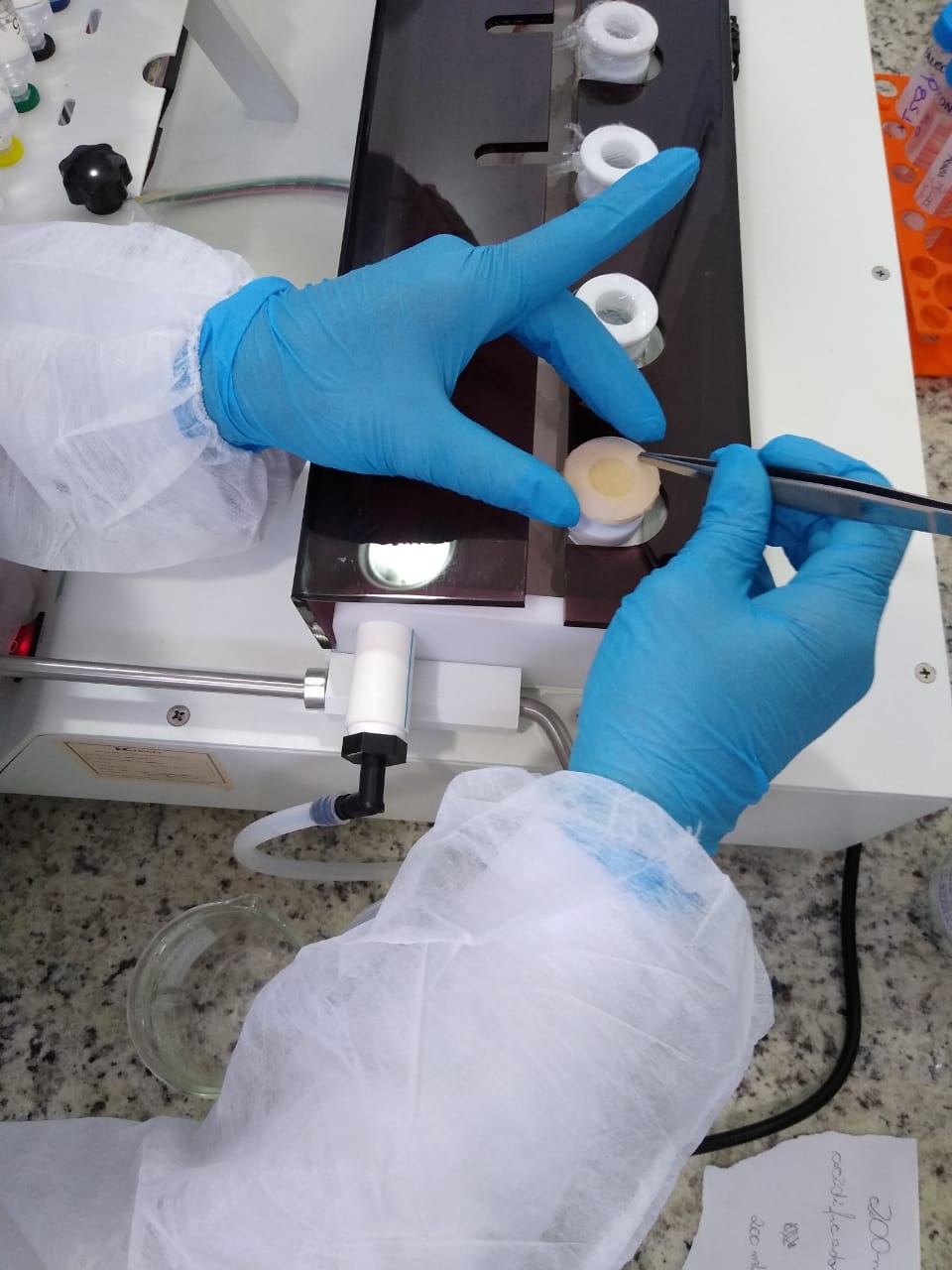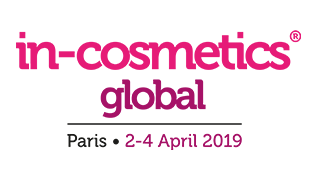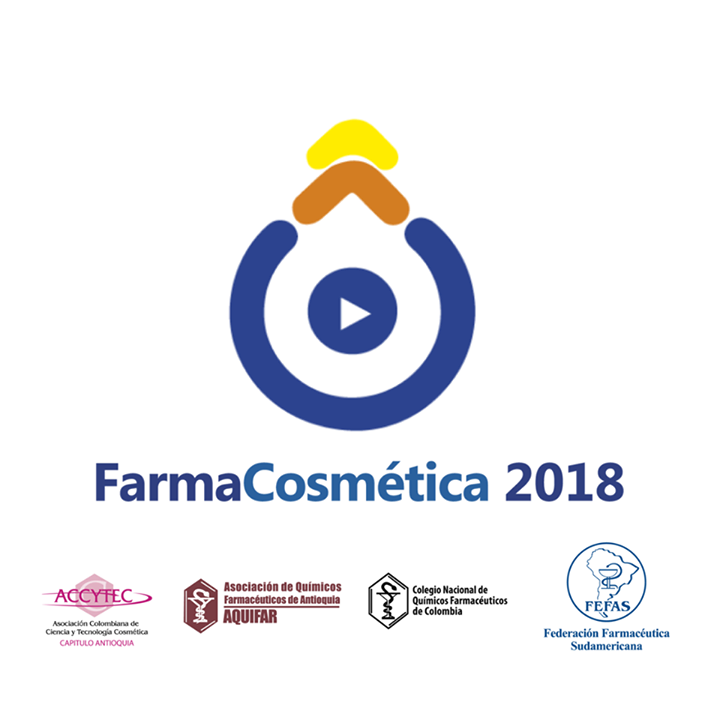2nd Pan-American Conference for Alternative Methods, Rio de Janeiro, 23-24 August, 2018 – Apresentação Oral
Silva, MS; Facchini, G; Pinheiro, ALTA; Eberlin, S; Pinheiro, AS; Eberlin, S.
Fragments of ex vivo human skin constitute the experimental model that most closely approximates the real conditions to evaluate the efficacy and safety of products applied topically. In this model all cell populations native to this tissue are present, including keratinocytes, melanocytes, Langerhans cells, and all dermal matrix, containing fibroblasts, collagen, elastin, glycosaminoglycans, among others. The development of a test system using ex vivo skin fragments from elective plastic surgery, with standardized size and thickness cultured in an air-liquid interface, provides us an important tool for understanding the diverse mechanisms involved in cutaneous disorders. The use of human skin has been reported in the literature, both by our research group and by other groups, as an important experimental model alternative to animal use, more reliable than the use of 2D culture of skin cells and less invasive than human skin biopsies. Our efforts to establish a model with high reproducibility and adapted to different experimental conditions revealed positive results in the use of ex vivo skin as a tool to evaluate different skin disorders such as photoaging, skin dryness, atopic dermatitis, hair follicle (HF) aging, skin and HF permeation, among others. The most fragments used in our experiments came from abdominoplasty (human Skin abdominal explant cultured - hSaec) and rhytidoplasty (human Skin scalp explant cultured - hSsec). All studies were conducted only after the approval of ethics committee. In this work we present a collection of results obtained by our group in recent years involving preclinical trials of topical products efficacy. These studies comprise specific methodologies in which mediators are evaluated by different techniques such as immunofluorescence and immunoassay, as well as more complex studies using the omic platforms to understand the complex interaction of cutaneous tissue with extrinsic environment.
Silva, MS; Facchini, G; Pinheiro, ALTA; Eberlin, S; Pinheiro, AS; Eberlin, S.
Fragments of ex vivo human skin constitute the experimental model that most closely approximates the real conditions to evaluate the efficacy and safety of products applied topically. In this model all cell populations native to this tissue are present, including keratinocytes, melanocytes, Langerhans cells, and all dermal matrix, containing fibroblasts, collagen, elastin, glycosaminoglycans, among others. The development of a test system using ex vivo skin fragments from elective plastic surgery, with standardized size and thickness cultured in an air-liquid interface, provides us an important tool for understanding the diverse mechanisms involved in cutaneous disorders. The use of human skin has been reported in the literature, both by our research group and by other groups, as an important experimental model alternative to animal use, more reliable than the use of 2D culture of skin cells and less invasive than human skin biopsies. Our efforts to establish a model with high reproducibility and adapted to different experimental conditions revealed positive results in the use of ex vivo skin as a tool to evaluate different skin disorders such as photoaging, skin dryness, atopic dermatitis, hair follicle (HF) aging, skin and HF permeation, among others. The most fragments used in our experiments came from abdominoplasty (human Skin abdominal explant cultured - hSaec) and rhytidoplasty (human Skin scalp explant cultured - hSsec). All studies were conducted only after the approval of ethics committee. In this work we present a collection of results obtained by our group in recent years involving preclinical trials of topical products efficacy. These studies comprise specific methodologies in which mediators are evaluated by different techniques such as immunofluorescence and immunoassay, as well as more complex studies using the omic platforms to understand the complex interaction of cutaneous tissue with extrinsic environment.




